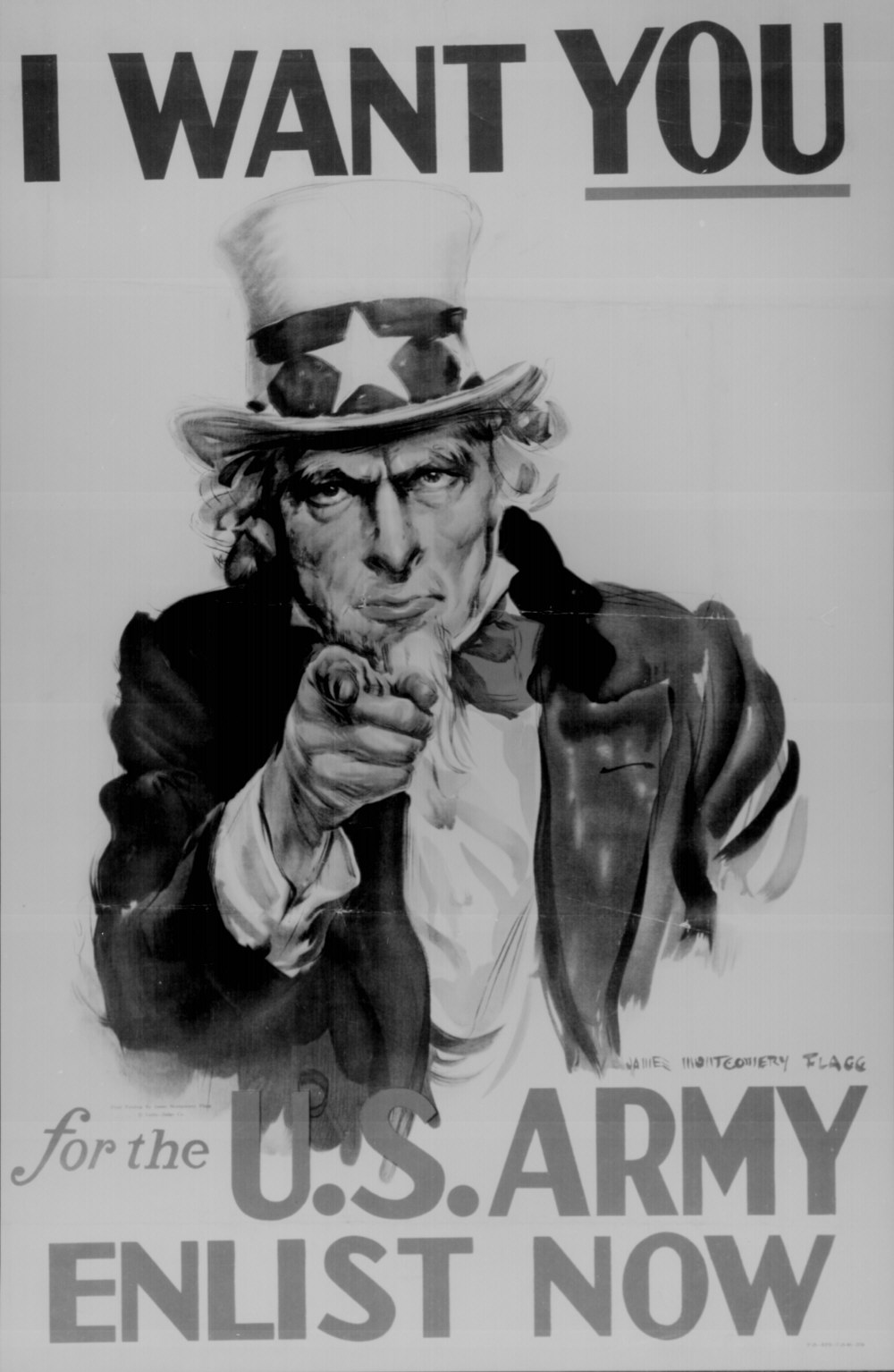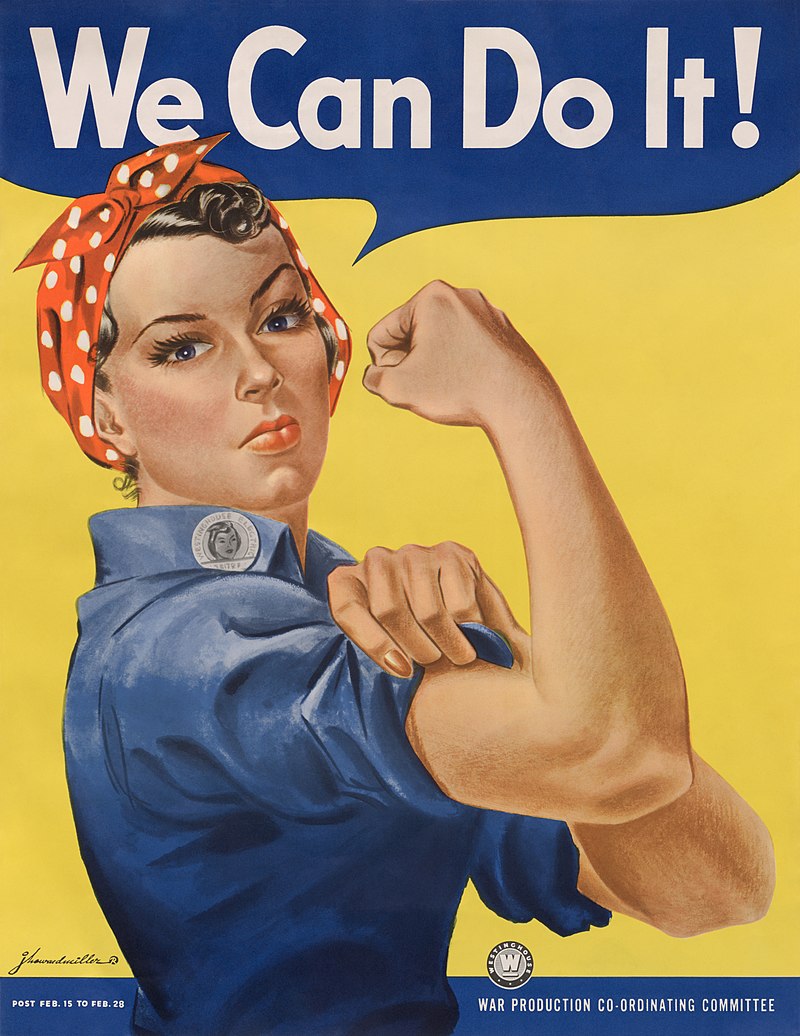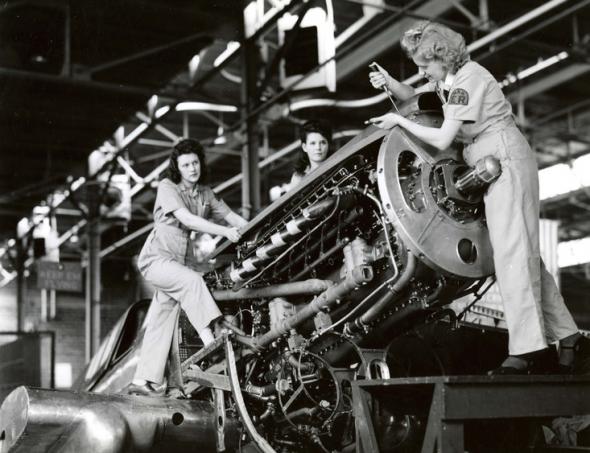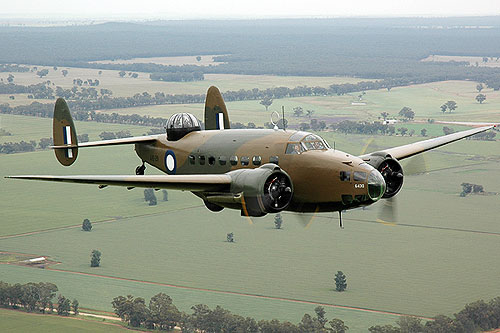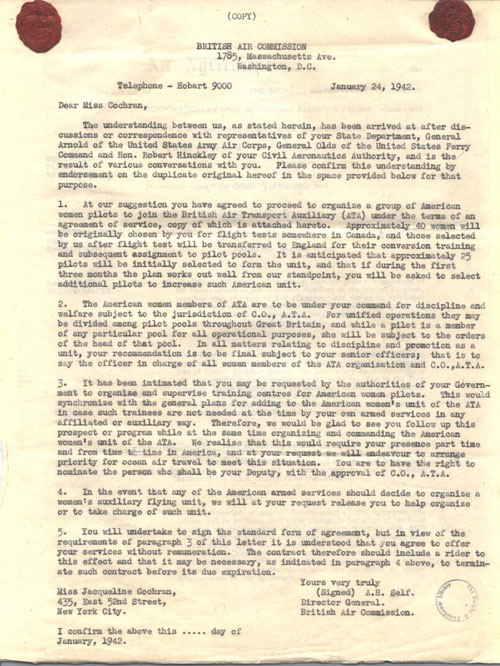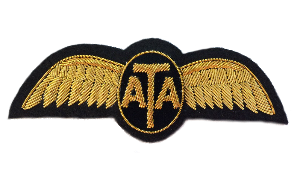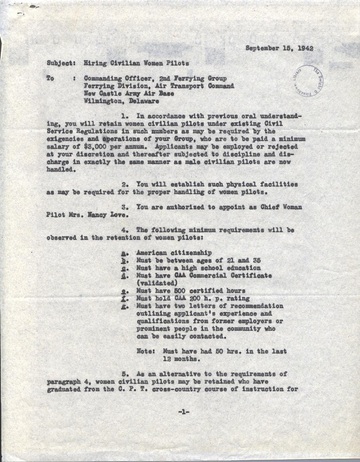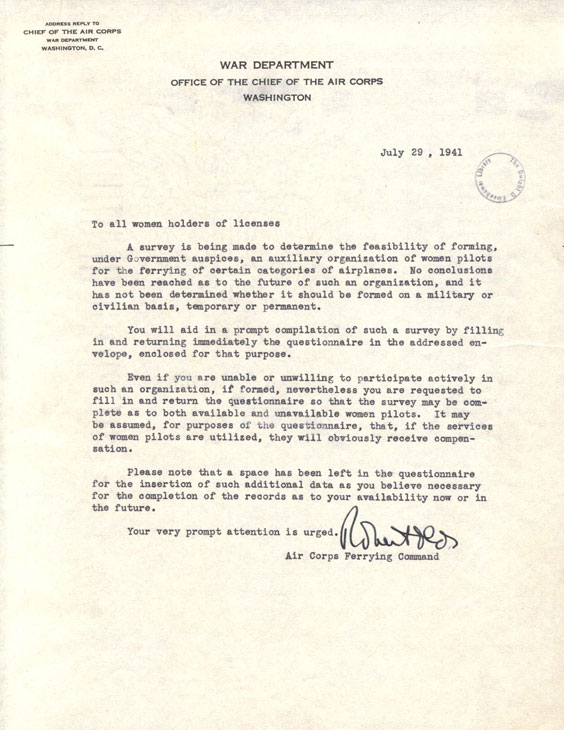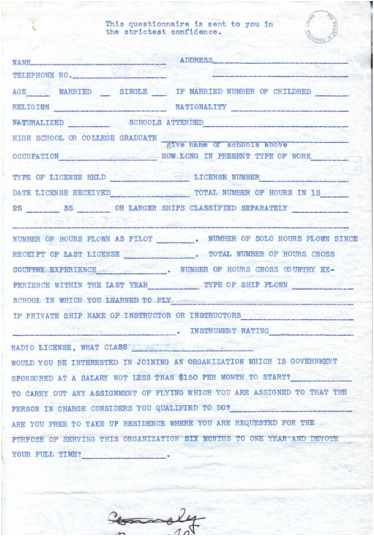Building Up
Women pilots were determined to do their part. Women were building warplanes, why couldn't they fly them?
“There’s a war on, and all I want to do is fly!”
~ Lorraine Zillner Rodgers, WASP Class 44-W-2 (Airport Journal, "Lorraine Zillner Rodgers: But All I Want To Do Is Fly.")
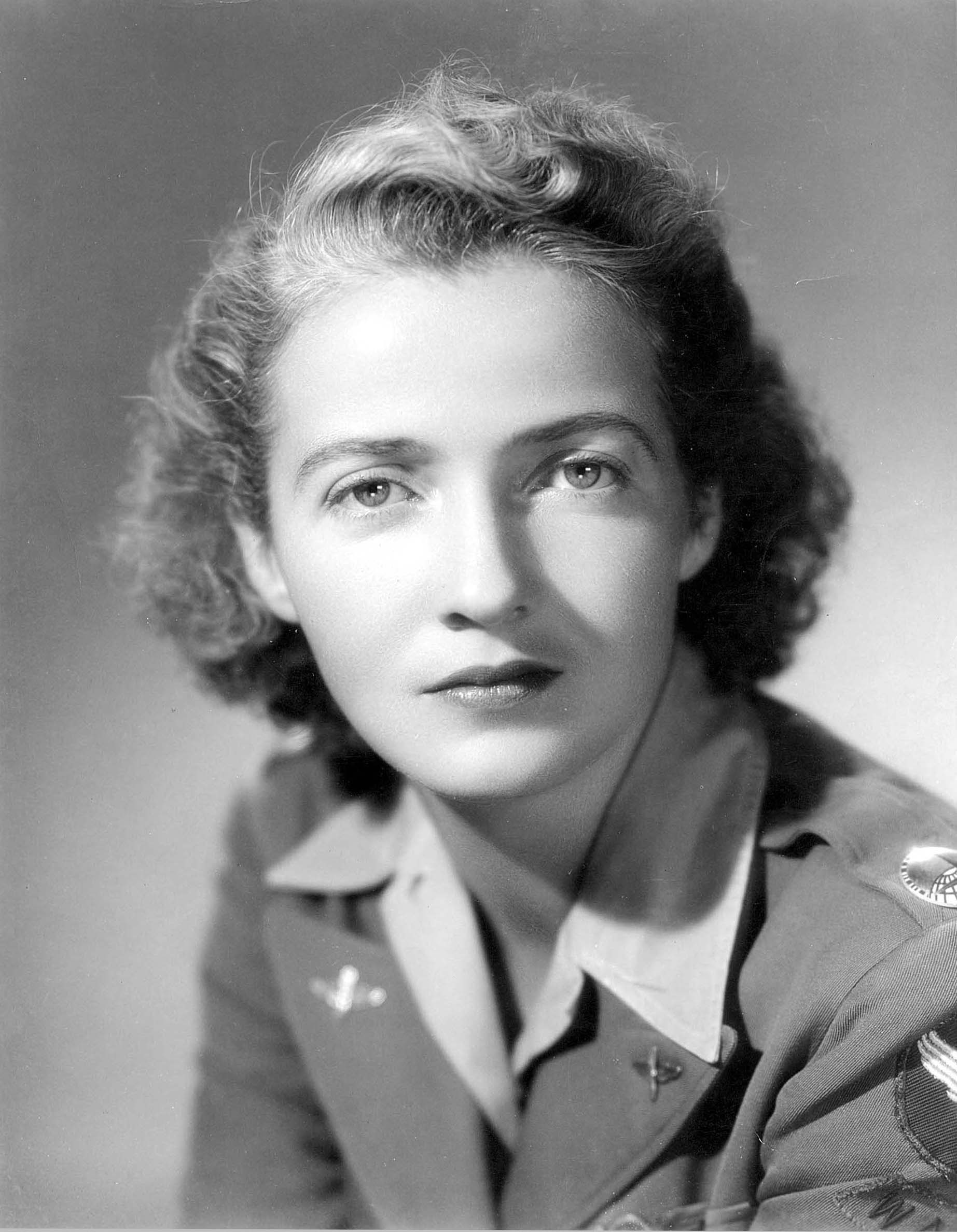
Nancy Harkness Love Credit: United States Air Force.
In 1940, Nancy Harkness Love offered to transport USAAF planes in order to free men for combat, but was denied.
"I've been able to find forty-nine qualified women pilots I can rate as excellent material ... There are probably at least fifteen more of these whom I don't know about and so haven't starred. I really think this list is up to handling pretty complicated stuff. Most of them have in the neighborhood of a thousand hours or more -- mostly more, and have flown a great many types of ships."
~ Nancy Harkness Love, Letter to Lt. Col. Robert Olds, May 21, 1940 (Katherine Sharp Landdeck, The Women with Silver Wings: The Inspiring True Story of the Women Airforce Service Pilots of World War II.)
The setback was temporary.
"We need pilots, good pilots!"
~ Robert Olds, Commander US Ferrying Command, 1941 (William Tunner, Over the Hump )
"It was obvious that the plane-ferrying business was in for a great expansion. We had to have pilots, but it was now obvious that we were not going to get them from the military."
~ William Tunner, US Ferrying Command (William Tunner, Over the Hump )
Two years later, General George, commander of the US Air Transport Command revisited the idea and started the Women's Auxiliary Ferrying Squadron (WAFS).
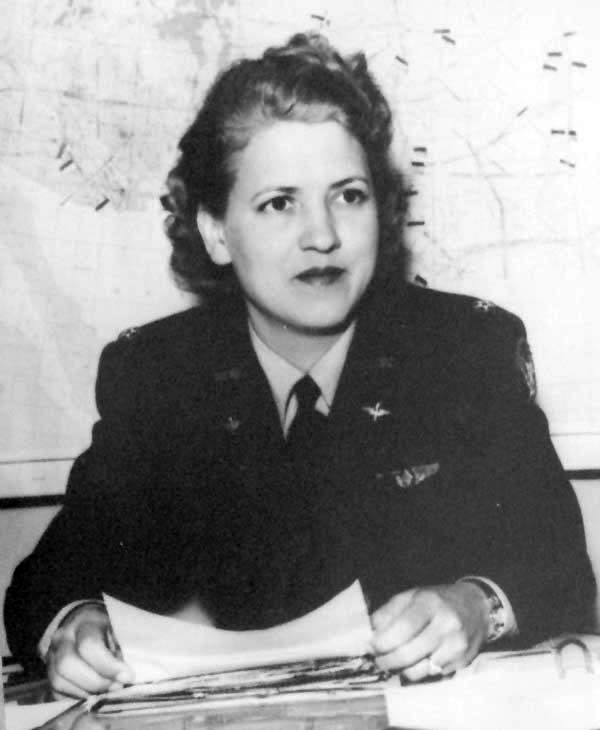
Jacqueline Cochran Credit: United States Air Force.
Jacqueline Cochran was also working to get women a chance to fly in the military, but was likewise refused.
“The use of women pilots serves no military purpose in a country which has adequate manpower at this time.”
~ Henry "Hap" Arnold, Commander USAAF, Letter to Jacqueline Cochran, August 1941 (Helena Schrader, Sisters in Arms: The Women Who Flew in World War II.)
General Arnold referred her to Britain where she joined 25 other American women ferrying planes in Europe.
Months later, at Gen. Arnold's request, Cochran returned to the US and formed the Women's Flying Training Detachment (WFTD) to teach women to fly military aircraft. The WAFS and WFTD merged in August 1943, forming the WASP.
"We did not know how many of our young men could qualify to pilot the thousands of aircraft which American industry could produce...England and Russia had been forced to use women to fly trainers and combat-type aircraft. Russian women were being used in combat. In that emergency I called in Jacqueline Cochran, who had herself flown almost everything with wings and several times had won air races from men who now are general officers of the Air Forces. I asked her to draw a plan for the training and use of American women pilots. She presented such a plan in late 1941 and it formed the basis for the Air Forces use of WASP."
~ Henry "Hap" Arnold, Commander USAAF, WWII ("Address by Gen. Henry H. Arnold, Commanding General to WASP Graduate Class, December 7, 1944.")
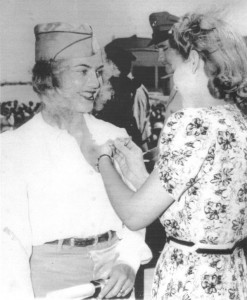
Betty Blake receives her WASP Silver Wings. WASP Class 1-W-43. Credit: Airman Magazine
“We were an experiment. We were a guinea pig class, as they called us, because they didn’t think women could learn to fly military planes.”
~ Betty Blake, WASP Class 43-W-1 (Randy Roughton, "Betty 'Tack' Blake: Only Surviving Member of 1st WASP Class.")
There was opposition to the WASP program.
"[The need] to recruit teen-aged schoolgirls, stenographers, clerks, beauticians, housewives and factory workers to pilot the military planes of this Government is as startling as it is invalid."
~ Robert Ramspeck, US House of Representatives, Chairman, Committee on Civil Service (Deborah G. Douglas, United States Women in Aviation: 1940-1985.)
There were also vigorous defenders.
"It is beyond dispute that The Commanding General of the Army Air Forces not only believes that the Wasp have justified themselves by results to date, but so much so that he wishes their number enlarged to approximately double the present size."
~ Proposed report from the minority members of the House Committee on Civil Service responding to Rep. Ramspeck (Congressional Committee on Civil Service, “Suggested report to be released in response to unfavorable reports to proposed militarization of the WASPs, 1943.")

